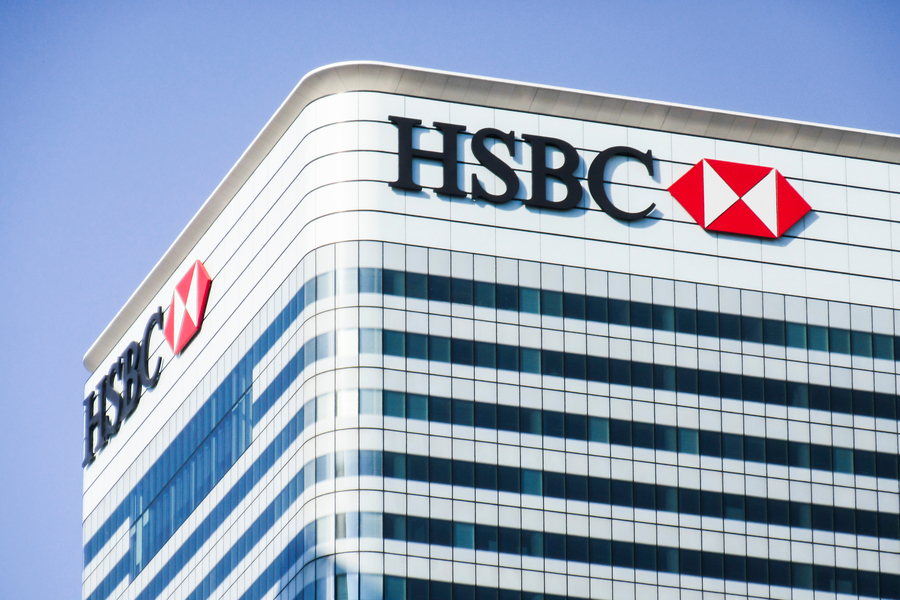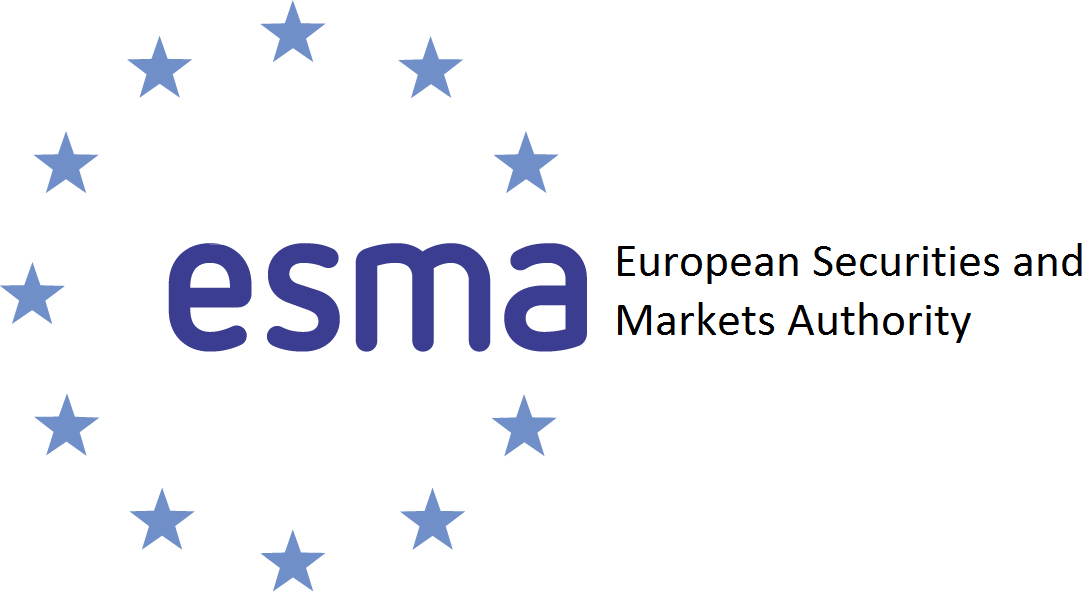Asset managers may not be rushing to adopt the Vanguard-style dual share class offering both ETFs and mutual funds in Europe due to several peculiarities around UCITS rules.
Last month, HSBC Asset Management turned industry heads after announcing plans to launch an ETF share class of four bond index funds in the same month Vanguard’s patent for a similar structure in the US expired.
The UK giant said it received regulatory approval to launch ETF share classes within the same Irish-domiciled fund structure. Once launched later this month, it will become the first ETF issuer to take advantage of the Central Bank of Ireland rule change despite coming in 2018.
However, industry experts have questioned whether many asset managers will bother to follow suit, with just a handful of similar structures already set up in Luxembourg.
Sergey Dolomanov, partner at William Fry, said a quirk within the European Securities Management Authority’s (ESMA’s) UCITS naming rules could hinder wider adoption.
“The immediately striking issue with this rule is that any UCITS fund with an ETF share class must have ‘UCITS ETF’ in the fund name,” he said.
“While the naming convention is an ESMA requirement, having ‘UCITS ETF’ in the name of a fund with both types of share classes is unsatisfactory from the point of view of the distribution of the fund's unlisted share classes.”
The ability to offer an ETF share class has obvious benefits. When HSBC AM launches its four ETF share classes on 18 May, investors will get access to the scale, a combined asset under management (AUM) of $6bn, making it a top 10 bond issuer in Europe.
Furthermore, the UK giant said the index funds established track record would allow for “additional flexibility to investors to build their portfolios”.
Marc Knowles, director of ETF and indexing practice at Alpha FMC, believes this would be a popular way for US asset managers to enter the European market but added the current naming convention presents a challenge.
“For new ETF issuers entering Europe, particularly from the US, you are starting from a low base and it takes years to get up to scale,” he said.
“If you could launch an ETF share class of an existing mutual fund that has scale and distribution, that could be pretty exciting, albeit a challenge at the moment.”
He added industry participants have been lobbying ESMA to ditch the naming rules with some hope it could happen by the end of the year.
Dolomanov added: “It would be helpful if the rule forcing the ‘UCITS ETF’ label to be applied at fund level was revised to only require its use at the level of the ETF share class.
“This has been discussed over the years by industry participants and there have been suggestions that this may be coming down the track.”
An ESMA spokesperson said there is currently no plan to change the rules, which were introduced in 2012. Despite this, the same rules also apply in non-EU markets and are on the agenda at IOSCO level, which could provide a catalyst in Europe.
Ireland-US tax ‘uncertainty’
Even if there were a change to the rules Dolomanov remains sceptical it would open the floodgates.
“A revision to the ESMA rule may not immediately cause a flood of new share class creations but we could see more widespread adoption,” he said.
He added mutual fund managers entering the ETF arena may also want to build out the operational side of the business – such as capital markets teams – and make senior hires to develop the group’s overall ETF strategy.
Paul Heffernan, CEO of Waystone ETFs agreed, adding there are other administrative hurdles including marrying mutual funds pass-through fees with an ETF’s total expense ratio (TER) and the impact it would have on the US-Ireland double taxation treaty.
Ireland has become a dominant player in the ETF landscape due to its favourable withholding tax treaty with the US when the principle share class is substantially traded on the stock exchange.
However, the creation of an ETF share class within a mutual fund structure, where the principle share class is not traded on exchange, could cause uncertainty at the fund or umbrella level.
“Adding an unlisted share class to an existing ETF could potentially introduce an element of uncertainty at the fund or even umbrella level for any ETFs investing in US equities,” Dolomanov said.
Heffernan added: “Even if you did not care about the tax treatment, you would need to think operationally about how to reconstruct your mutual fund.
“Asset managers reconstructing their legacy business is often not part of the conversation when entering the market. It is about asking what is the smartest way to enter the European ETF market without disrupting the legacy business.”





